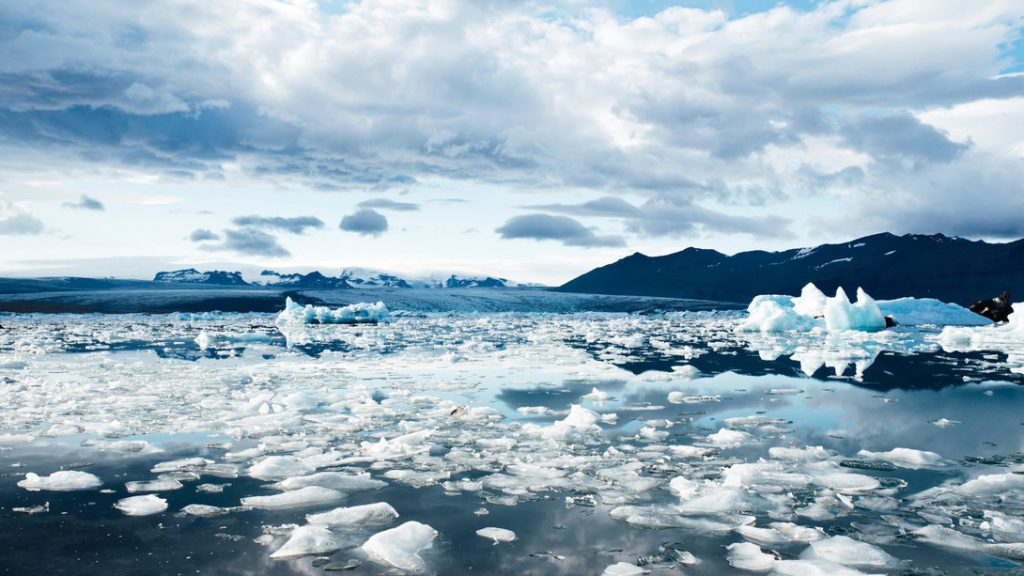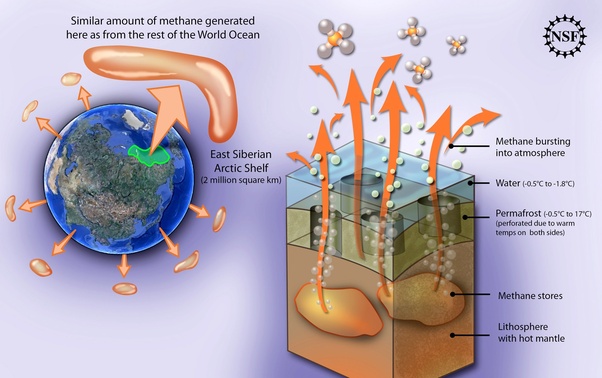Global warming is no joke and scientists have been warning us about climate change for years now but seems like time is running out faster than we had all anticipated…
Permafrost which is frozen soil contains billions of tons of planet-heating greenhouse gases and covers a wide belt between the Arctic Circle, Alaska, Canada, northern Europe and Russia. When the permafrost thaws, it releases carbon dioxide (CO2) and methane, gases that have a greenhouse warming effect on the planet. According to research published in the journal Proceedings of the National Academy of Sciences, after the Siberian heatwave last year, the limestone trapped under permafrost began to thaw and crack, unleashing a huge amount of methane into the atmosphere. Surface temperatures during the heatwave rose up to 10.8 degrees Fahrenheit above the 1979-2000 norms and since there is hardly any soil in the long stripes, the limestone came out of the surface. Eventually, it cracked open and released the gas that had been trapped inside. “It’s intriguing. It’s not good news if it’s right,” said Robert Max Holmes, a senior scientist at the Woodwell Climate Research Center.

The concentration level of methane rose by about 5 percent and it’s continuing through the spring of 2021 despite the low temperature and snow in the region. Nikolaus Froitzheim, who teaches at the Institute of Geosciences at the University of Bonn and one of the researchers behind this study said, “We would have expected elevated methane in areas with wetlands. But these were not over wetlands but on limestone outcrops. There is very little soil in these. It was really a surprising signal from hard rock, not wetlands.”

The release of poisonous gases isn’t the only cause of concern. The thawing of the permafrost could also unlock deadly diseases or viruses that have been trapped in the ice for so long. While there are dangers associated with permafrost, it can only provide new opportunities for the oil and mining industries, we just have to tread carefully.


